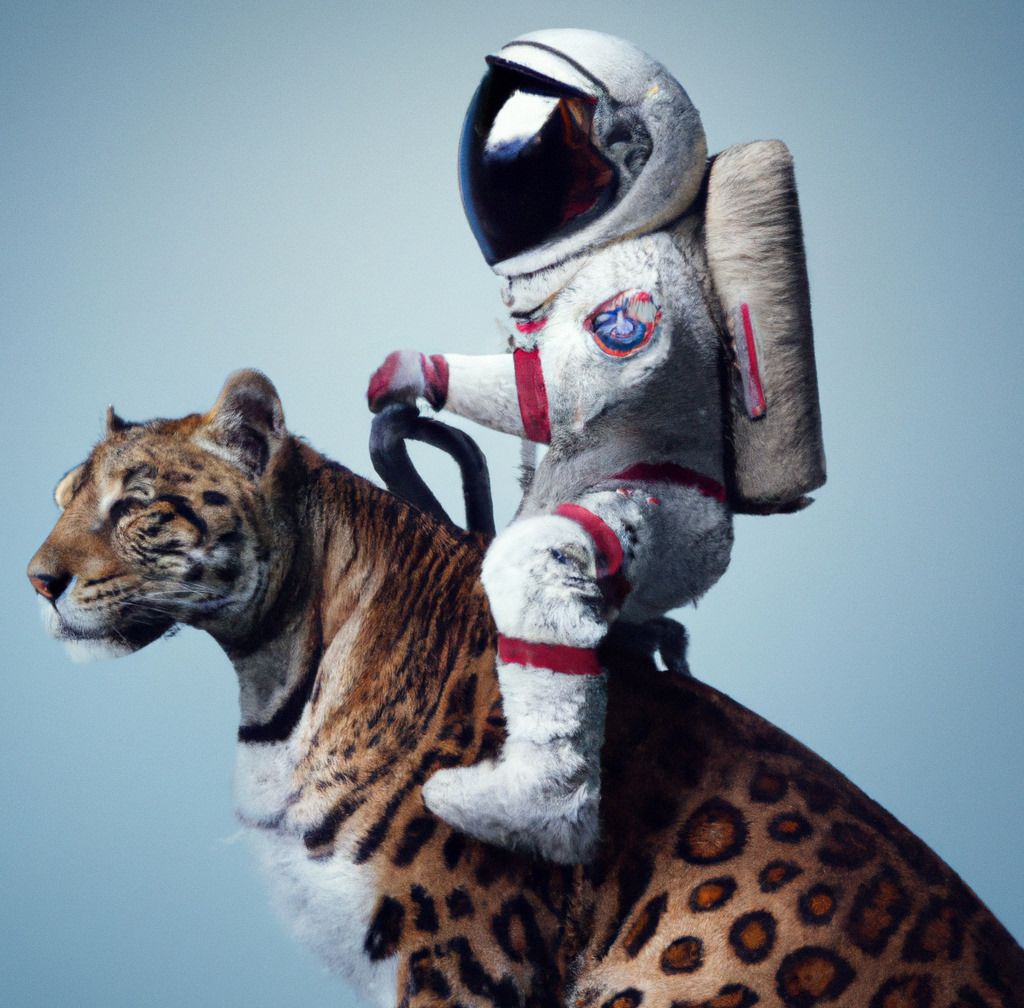Hit enter to search
Design Trends and Aesthetics in Flying Car Models
The dream of flying cars, once captured in vintage sci-fi movies, is steadily morphing into a tangible reality. As the technology propelling these vehicles becomes more refined, so does their design. This article traces the aesthetic journey of flying cars, delves into current design inclinations, and speculates on the future look of our skyward autos.
1. The Retro-Futuristic Beginnings:
- Winged Wonders: The earliest concepts of flying cars often depicted them with large, conspicuous wings, resembling a fusion of traditional cars and airplanes.
- Jet Age Influence: Designs inspired by the 50s and 60s jet craze showcased sleek bodies and tail fins, emphasizing speed and aerodynamics.
2. Modern-Day Marvels:
- Minimalist Approach: With advancements in propulsion and lift technologies, contemporary flying cars are leaning towards more streamlined designs without the bulk of unnecessary appendages.
- Green Design: Sustainability is at the forefront, with many new models boasting eco-friendly materials and energy-efficient features.
- Interiors Take Flight: As important as the exterior, the interiors of today's flying cars offer luxury and comfort, with touchscreens, plush seating, and panoramic views.
3. Integration of Tech and Aesthetics:
- LEDs and Smart Lighting: Illumination isn't just for visibility. Modern designs integrate LED lighting as both a safety feature and an aesthetic statement.
- Adaptive Structures: Some models are experimenting with adaptive materials that can change shape based on aerodynamic needs, blending form and function seamlessly.
4. Predicting the Aesthetic Future:
- Modular Designs: As customization becomes key, we might see flying cars that offer interchangeable parts, allowing owners to modify aesthetics based on personal preferences.
- Transparency Trends: With advancements in material science, future designs might incorporate transparent or semi-transparent materials, offering unparalleled aerial views.
- Organic Inspiration: As biomimicry becomes more prevalent in design, flying cars could adopt shapes and features inspired by birds, insects, and other airborne creatures.
Conclusion
The design journey of flying cars is as thrilling as their promise of boundless mobility. From retro-futuristic designs inspired by classic science fiction to sleek, tech-integrated marvels, the aesthetics of these vehicles are continuously evolving. As the sector matures, it will be exhilarating to witness how design trends will shape, and be shaped by, the technology and desires of future generations.


